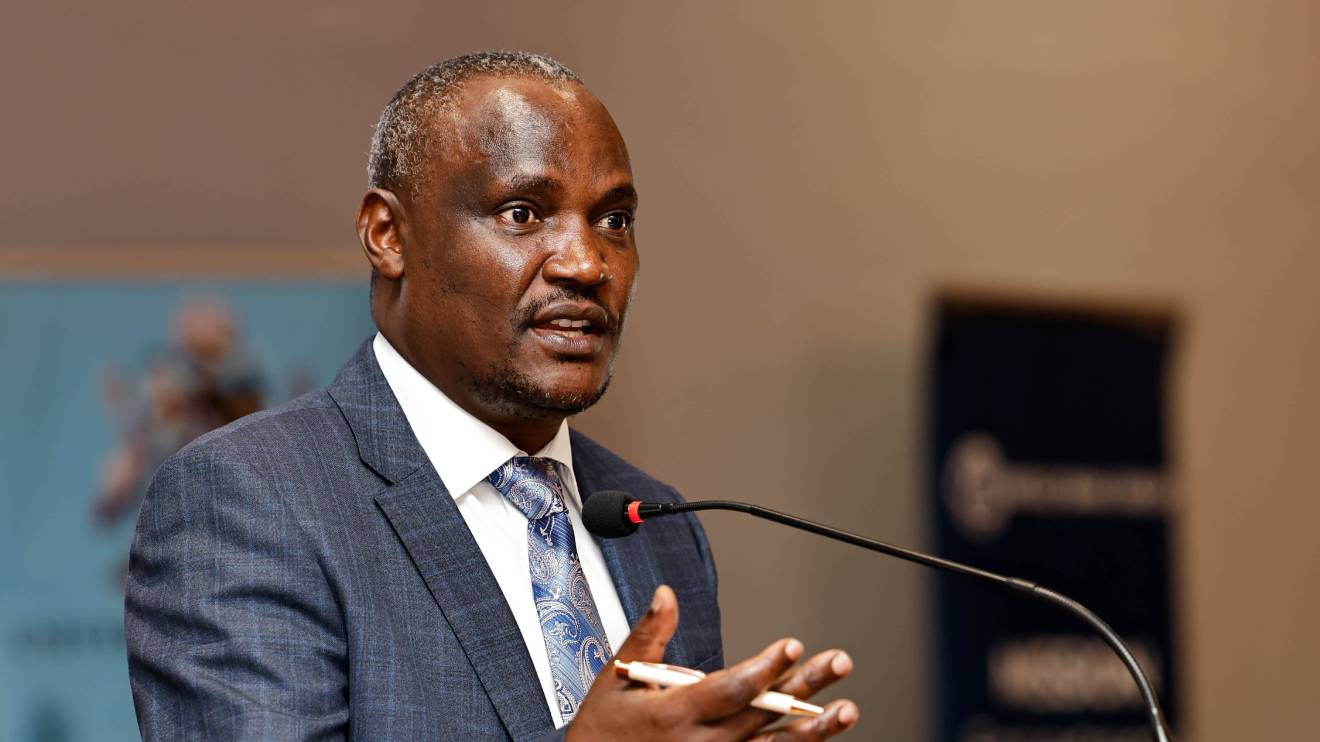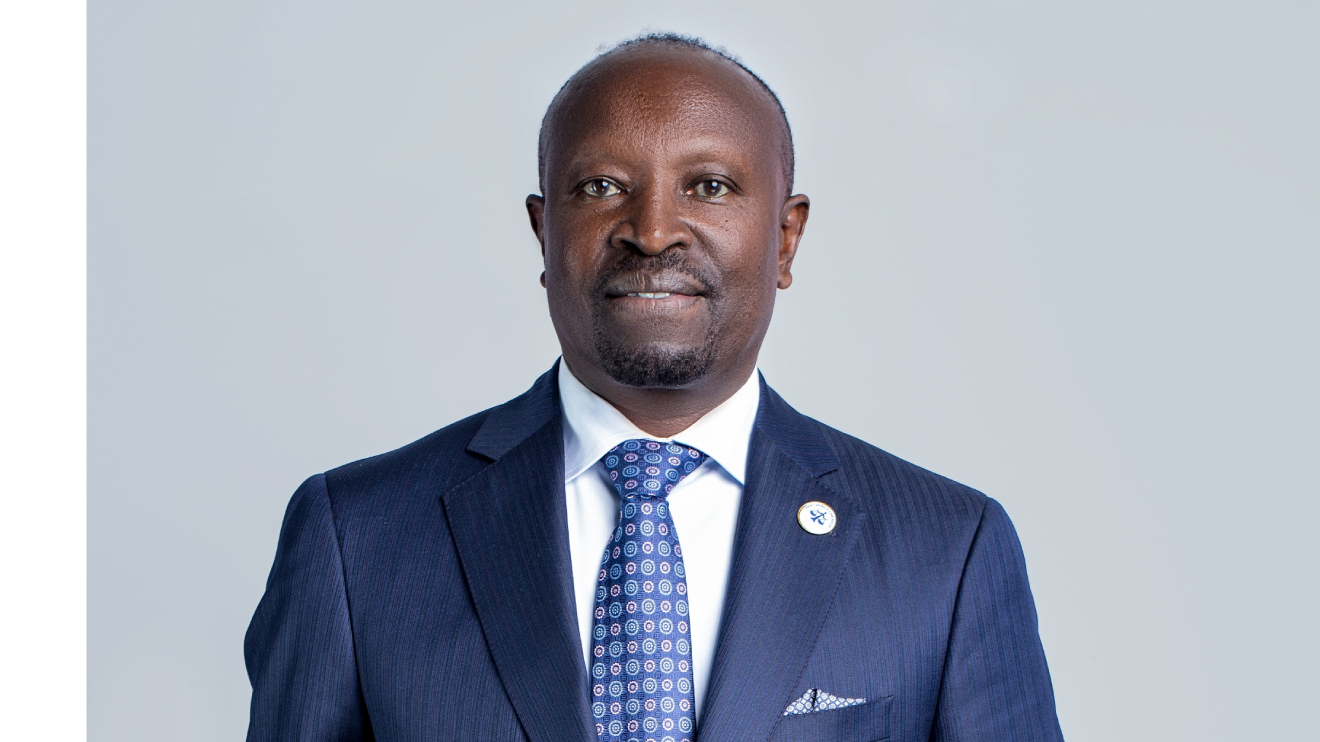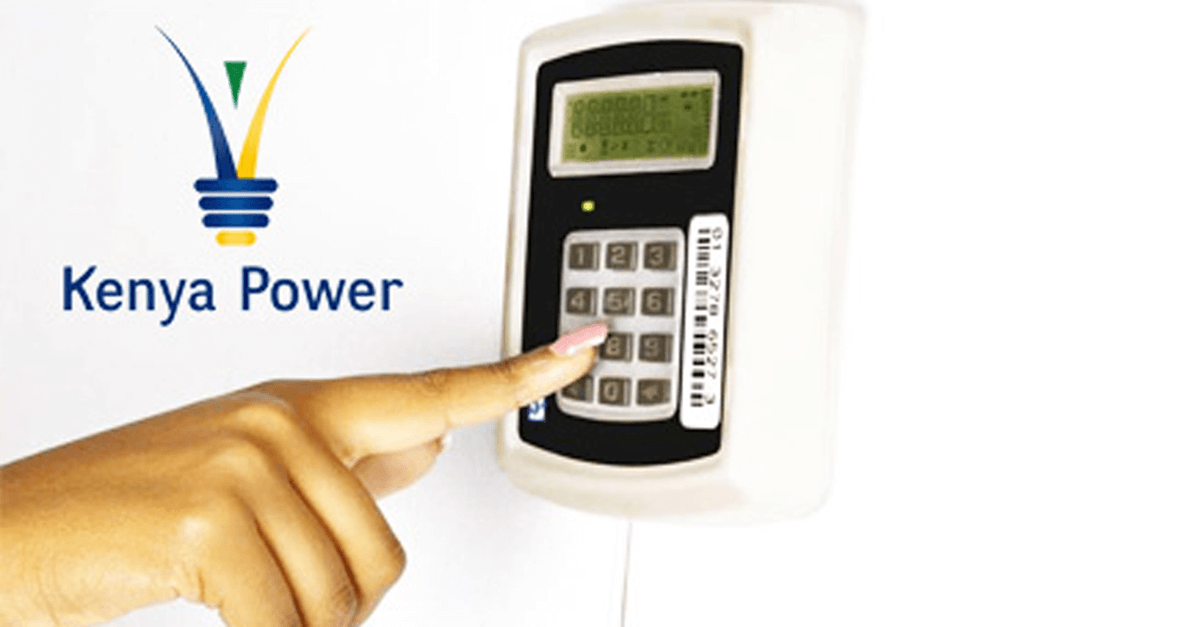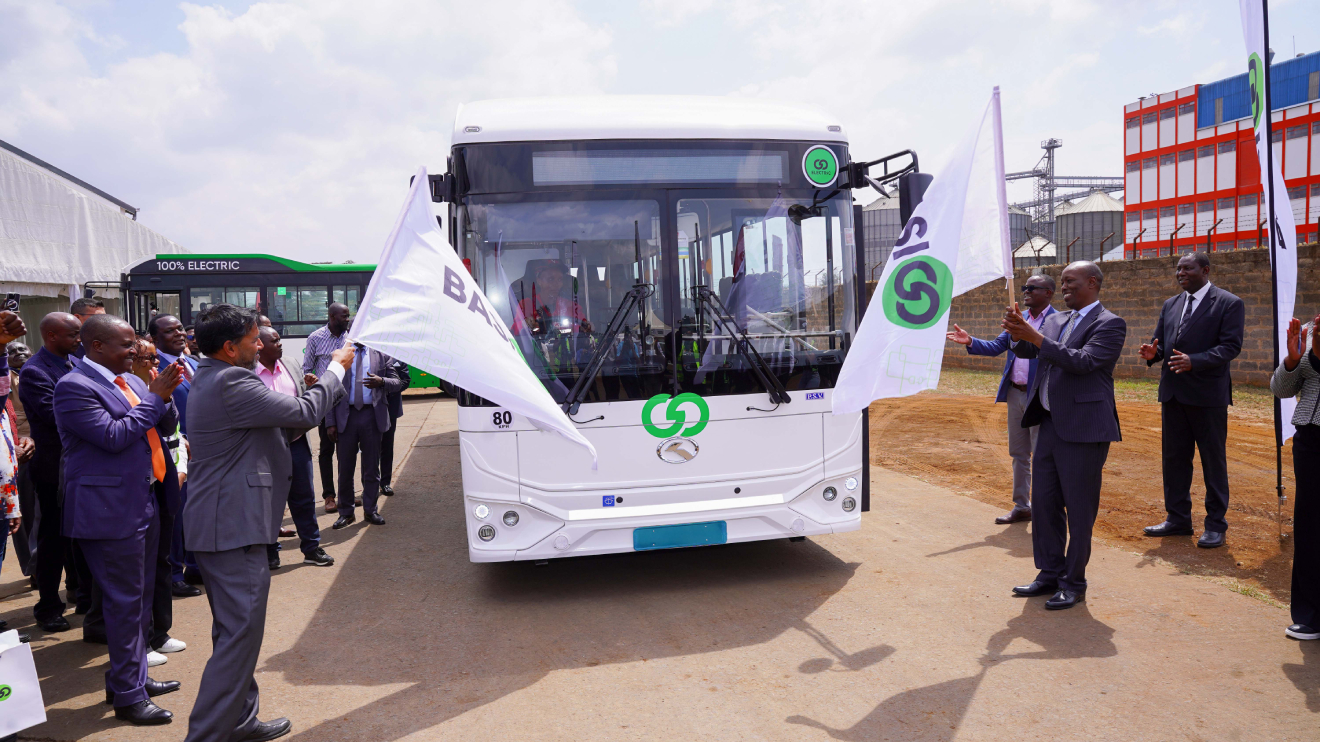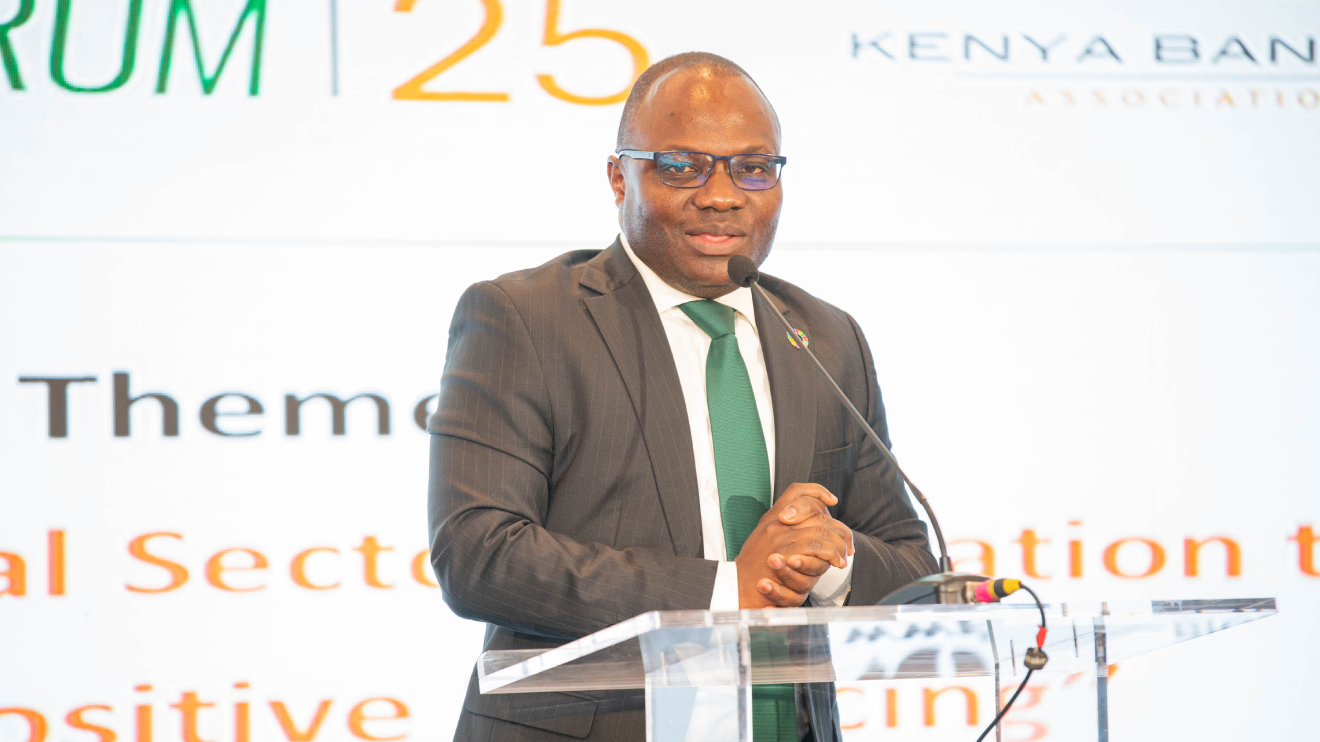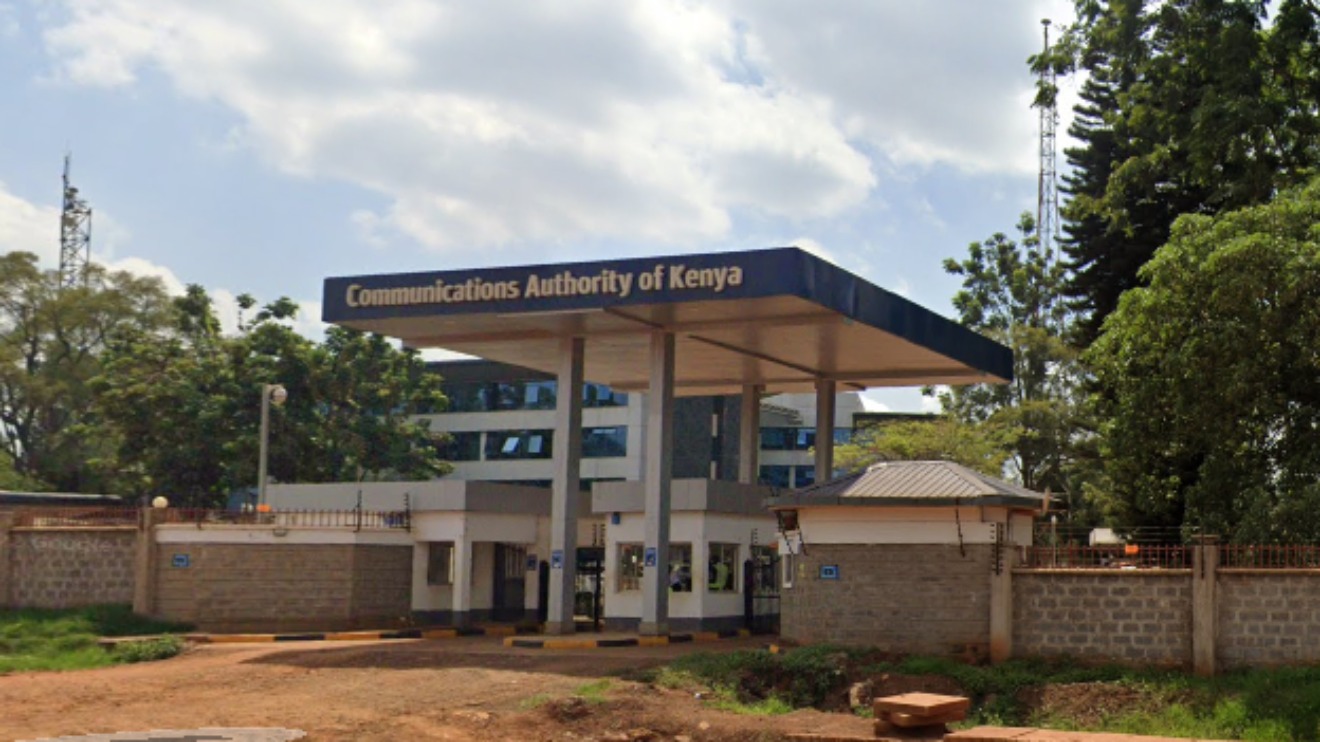Kenya is turning to securitisation to bankroll infrastructure such as highways and stadiums, a move expected to raise about Sh175 billion over seven years, but the government has stopped short of offering sovereign guarantees to shield investors from risk.
Treasury CS John Mbadi, addressing Members of Parliament, clarified that the model falls outside the State’s borrowing framework and cannot be considered part of the public debt.
He explained that the government is effectively advancing revenues tied to specific levies rather than contracting fresh loans.
"We are selling a right, which means we can receive the receivables in advance towards the projects," Mbadi stated.
"That is what we are doing with this securitisation."
Read More
Mbadi noted that the government sees securitisation as a way to clear outstanding obligations owed to contractors and avoid a repeat of delayed payments.
He told lawmakers, “The moment you securitise and sort out the historical bills, we don’t intend to continue incurring those historical bills. We should now be budgeting properly and paying contractors when the certificates are ready.”
Under the scheme, the State has already struck agreements with investors for road construction.
The deals are pegged on Sh7 out of every litre of fuel collected through the Roads Maintenance Levy Fund, which currently stands at Sh25 per litre.
That allocation will serve as collateral, with projections showing it could mobilise Sh175 billion within seven years.
The same arrangement has been applied to the Sh44.8 billion Talanta Stadium project in Nairobi, which, like the road contracts, carries no sovereign guarantee.
Securitisation, widely used in other jurisdictions, typically involves governments pledging guarantees to cushion investors in the event that projected revenues fall short.
Kenya’s choice to proceed without such assurances has sparked concern that investors will be exposed to higher risk, even as the government avoids inflating its official debt profile.
By separating the financing of projects from the debt register, the Treasury hopes to unlock development funds while keeping its borrowing statistics intact.
Whether investors will maintain confidence in the absence of government guarantees remains the central question as the model is rolled out.

